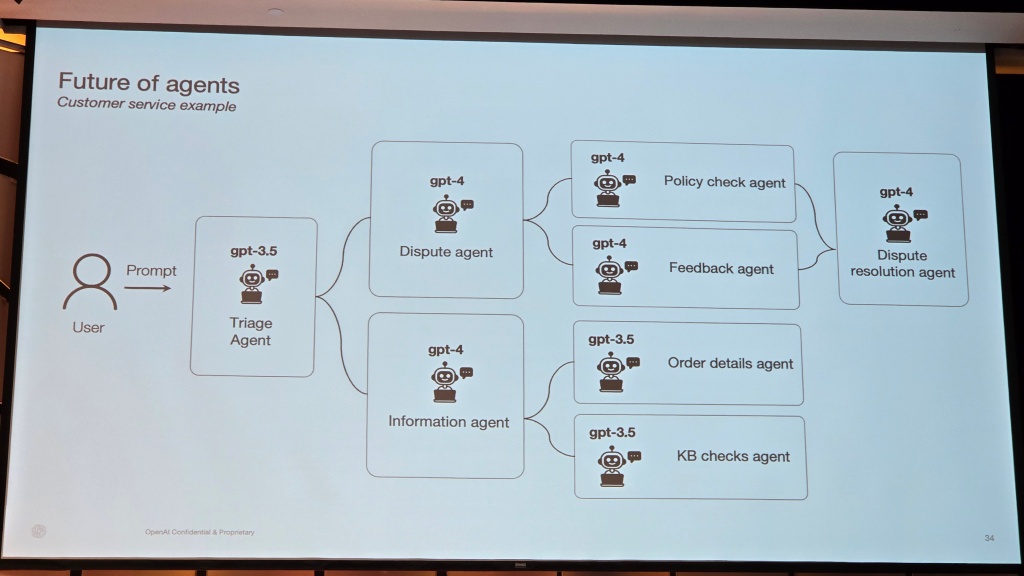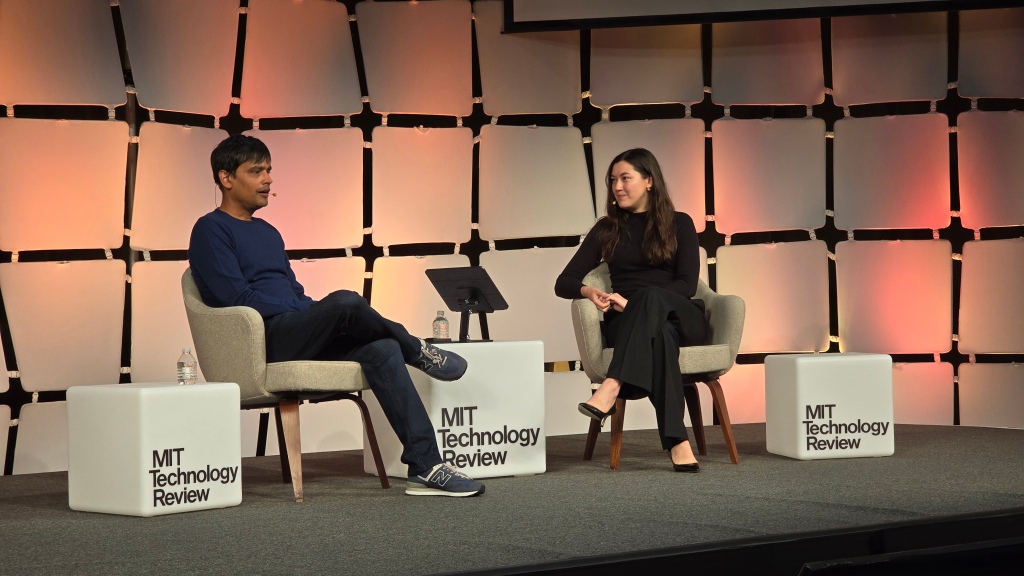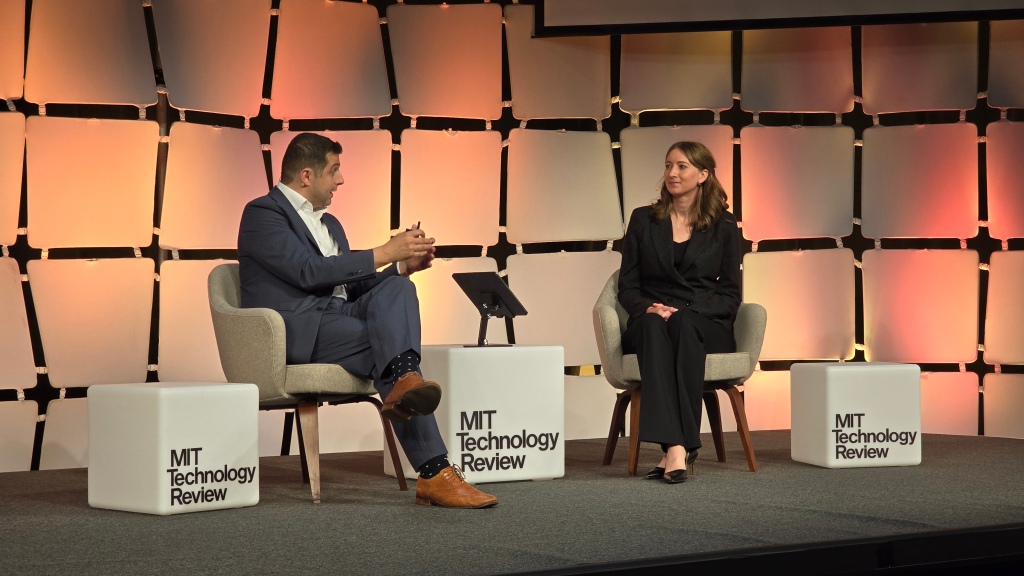In the ever-evolving landscape of artificial intelligence (AI), it’s easy to be swept up by utopian dreams or dystopian fears. But what does the future of AI really hold? Srinivas Narayanan, Vice President of Applied AI at OpenAI, recently shared his insights at the “From the Labs of OpenAI” session, offering a nuanced perspective on where AI is heading and the challenges we face.
The Inflection Point of AI
Narayanan kicked off the session by acknowledging the polarized views surrounding AI. On one hand, there are those who believe AI will solve all our problems. On the other, there are concerns about AI exacerbating existing issues. This dichotomy isn’t new. Throughout history, technological advancements have often sparked both excitement and fear.
“Large language models and our deeper understanding of scaling laws are driving the current inflection point in AI,” Narayanan explained. This newfound capability makes it seem like Artificial General Intelligence (AGI) might finally be within reach. However, the journey to this point has been far from linear, and the future remains uncertain.
Lessons from the Internet Age
To put the current AI boom into perspective, Narayanan drew parallels to the rise of the internet. In the early 90s, the internet was both celebrated for its potential and feared for its unknowns. Concerns ranged from privacy issues to the generational divide. Yet, many significant developments, like cybersecurity and social media, were barely on the radar.
Similarly, as we navigate this AI inflection point, it’s crucial to remember that we might not foresee all the implications and opportunities that lie ahead. “We are living through one of many futures accessible from past points,” Narayanan reminded the audience.

Key Research Areas Shaping AI
Narayanan highlighted three critical research problems that could drastically shape AI’s future capabilities:
- Knowledge and Reasoning: Current AI models rely heavily on massive data sets to make predictions, but future models might act more like smart librarians. These models would dynamically search for and process relevant information, providing more transparent and causally grounded answers. This shift could revolutionize fields like medicine, where AI could offer treatment recommendations based on real-time literature and patient history.
- Future of Computing: AI is increasingly capable of writing complex code and simulating runtime environments. This convergence suggests a new programming paradigm that blends declarative and instructional approaches. Imagine an AI that understands your intent and seamlessly translates it into functional code, drastically improving efficiency and accuracy in software development.
- Reliability and Controls: While scaling laws have powered AI’s recent advancements, instruction tuning and reinforcement learning with human feedback (RLHF) have enhanced its usability. However, scientific discovery and creativity require AI to operate within a more closed-loop system, constantly refining its hypotheses and learning from outcomes.

The Road Ahead: Opportunities and Challenges
Narayanan is optimistic about AI’s potential but cautions against assuming a deterministic future. The outcomes will depend on how we address foundational research questions and navigate upcoming inflection points. Advances in planning capabilities, for instance, will determine AI’s effectiveness in complex, real-world applications.
The conversation also touched on the practical challenges of deploying AI technologies. As Narayanan noted, “Betting in favor of these trend lines continuing year over year is crucial for application designers and practitioners.” Understanding where AI excels and applying it thoughtfully will be key to maximizing its benefits.
Balancing Hype with Reality
One of the session’s most insightful moments came when Narayanan addressed the AI hype cycle. Reflecting on the past decade, he acknowledged that while AI has brought significant advancements, it has also seen notable failures, such as the societal impacts of social media.
“The mistake to avoid is reducing the discourse to extreme views,” Narayanan emphasized. Injecting nuance into the public conversation about AI is essential for developing balanced and effective policies. This approach will help ensure that AI benefits society while mitigating potential risks.
A Call to Action
Narayanan concluded with a call to action for researchers, application designers, and policymakers. He stressed the importance of collaborative effort and nuanced discussion in shaping AI’s future. “We owe it to our future to approach the conversation with significant rigor and nuance,” he said.
In summary, the future of AI is full of promise and complexity. As we stand on the brink of unprecedented advancements, it’s up to us to navigate this landscape thoughtfully and collaboratively. With leaders like Srinivas Narayanan at the helm, we can look forward to a future where AI enhances our capabilities while addressing its challenges head-on.




Leave a comment